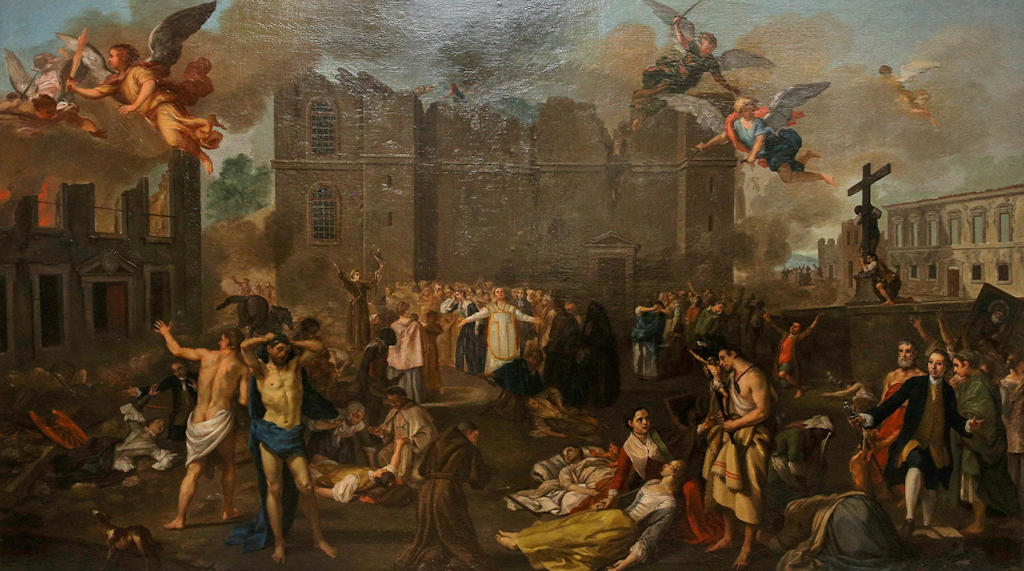The earthquake caused massive damage to buildings, infrastructure, and monuments in Lisbon and surrounding areas. Many structures collapsed or were severely cracked, including the royal palace, the cathedral, the opera house, and numerous churches and convents. The earthquake also triggered landslides and liquefaction, which swallowed up people and houses. The survivors rushed to the open spaces near the river or the sea, hoping to escape from the rubble and the aftershocks.
However, their ordeal was not over yet. About 40 minutes after the earthquake, a huge tsunami hit the coast of Portugal and other parts of the Atlantic Ocean. The tsunami was generated by the displacement of water caused by the earthquake. It consisted of three or four waves that reached heights of up to 15 meters (49 ft) in some places. The tsunami flooded the lower parts of Lisbon and other coastal towns, sweeping away people, ships, and debris. It also reached as far as Morocco, Spain, England, France, Ireland, and even the Caribbean.
As if the earthquake and the tsunami were not enough, a series of fires broke out in Lisbon and lasted for several days. The fires were caused by candles, lamps, stoves, or sparks that ignited flammable materials such as wood, cloth, oil, or gunpowder. The fires spread quickly due to the strong winds and the lack of water or firefighters. They consumed many buildings that had survived the earthquake or were partially damaged. They also created a thick smoke that suffocated or burned many people.
Lisbon.vip Recommends
In the aftermath of the earthquake, efforts were made to rebuild and transform Lisbon. Marquis of Pombal, the prime minister at the time, took charge of the reconstruction. He implemented strict building codes, introduced modern urban planning concepts, and prioritized the use of earthquake-resistant materials. The reconstruction of Lisbon became a symbol of resilience and innovation.
Today, remnants of the Great Lisbon Earthquake can still be seen in the city. The Carmo Convent, left in ruins after the earthquake, stands as a haunting reminder of the disaster. It serves as a museum, preserving the memory of the event and allowing visitors to contemplate the fragility of human existence.
The Great Lisbon Earthquake of 1755 is a testament to the power of natural disasters and their capacity to shape the course of history. It serves as a reminder of the resilience and determination of the people of Lisbon who rebuilt their city from the ashes, leaving a lasting legacy of strength and adaptability.



